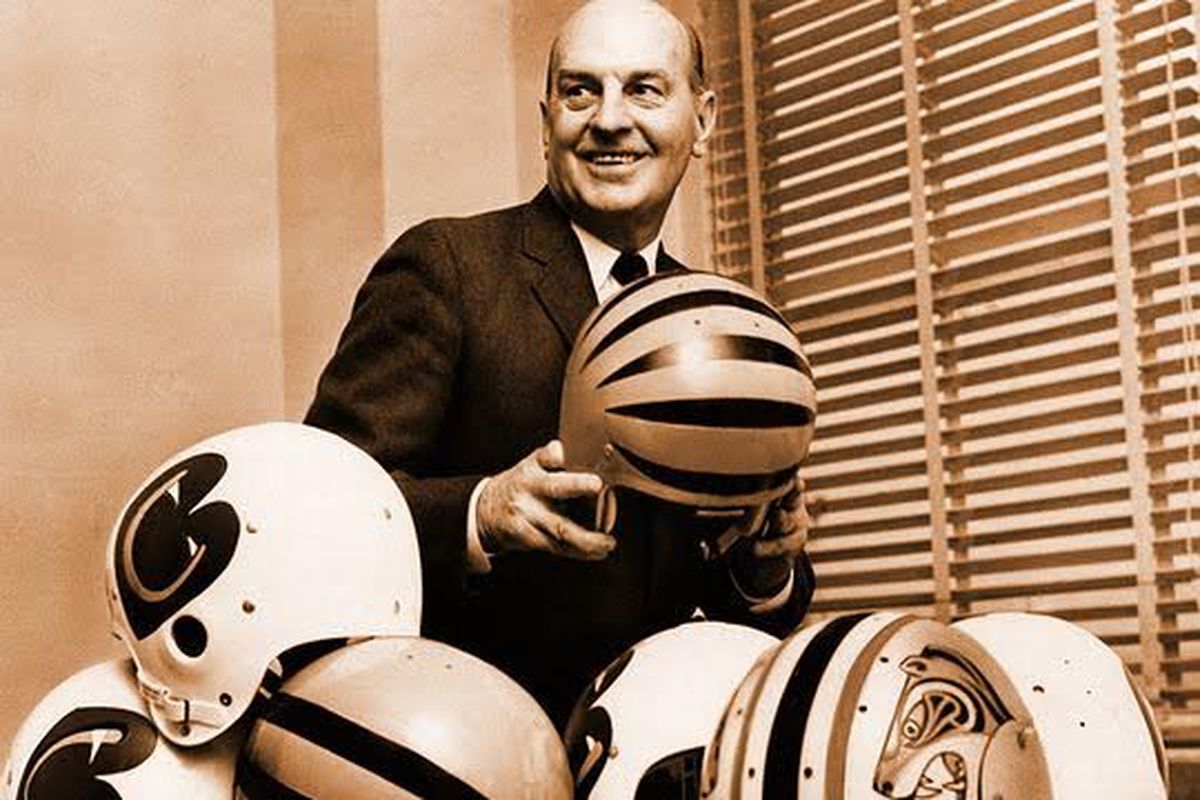Ever wonder how other states conduct their high school football playoffs? One worth looking at is Illinois. There are no divisions in the Illinois High School Association (IHSA) system, yet they end up with eight state champions at the end of the day. Here’s how they do it.
Approximately 580 schools play football in Illinois. Take away the 42 teams that compete in the Chicago Public League (they don’t participate in the playoffs) and that leaves around 538 that are eligible for the playoffs. Of that, a whopping 256 qualify, or 48% of the total. Contrast that with Ohio, which has 749 teams playing football. Of that group, 224 or just 30% participate in the playoffs.
Unlike Ohio, Illinois does not select their qualifiers using a computer. Instead, they follow this hierarchy:
- Champions of conferences with six or more teams.
- Most regular season victories.
- Combined wins of all opponents (strength of schedule)
- Combined wins of all defeated opponents.
In most years, all teams with at least six wins will qualify and most of those with five will also (after tie-breakers are used). It should be noted, however, that Illinois teams play 9-game schedules.
Once the 256 teams are selected, they are ordered from the largest enrollment to the smallest regardless of record. Then eight brackets of 32 teams each are created, starting with the largest 32 and working toward the bottom. Each bracket is divided into two halves of 16 teams each, based on location. Finally, the teams within each half are seeded using the same qualification hierarchy as shown above.
In a curious twist, the total school enrollment is used, so the number of girls is factored in as well. In rare cases, the enrollment is increased by 1.65. The IHSA calls this the “Success Adjustment.” Only two teams were affected last year.
What if the Illinois method was used in the Buckeye state? Staying with seven brackets and based on 224 teams qualifying, a team would need an 8-2 record to guarantee a spot. Around 80% of those finishing 7-3 would qualify. But 14 teams that were in the playoffs last year with records of 6-4 and below would be booted, including ironically Cincinnati St. Xavier, Ohio’s playoff state champion. Others left behind include Canton McKinley, GlenOak, Lancaster, Cincinnati Elder, Lake and Akron St. Vincent-St. Mary. Also, 20% of the teams with 7-3 records would fail to qualify, depending on the “strength of schedule” tie breaker.
Interestingly, Divisions 1 and 2 would qualify just 10% and 13% of their teams, respectively, while the majority of the playoff teams would come from Divisions 5 through 7. While Division 1 would advance around 23 teams, the remaining seven for the top bracket would come from Division 2, pulling in Perry and Warren Harding. Although Massillon would be an automatic qualifier based on its 8-2 record, the enrollment level would place it in the second division.
Could the Illinois playoff system work in Ohio? Probably, to an extent. The winners of conferences receive automatic bids regardless of record, so that is probably a good thing. The remaining conference teams would need to finish well and take care of those early non-conference games, not dissimilar to the current system. However, for the independent schools, there is no extra credit for playing tough schedules (except for 7-3 record tie breakers). These teams would need to select opponents wisely and mostly avoid playing the tougher schools for fear that an 8-2 record might not so easily be achieved. Case in point: Cincinnati St. Xavier and its 5-5 mark. And then there is the new OHSAA Competitive Advantage format. It’s possible that this experiment might meet with greater success using the Illinois system, provided an effective multiplier is applied to the schools affected the most. At least it might be accepted better by the masses. As expected, there would be pros and cons.




